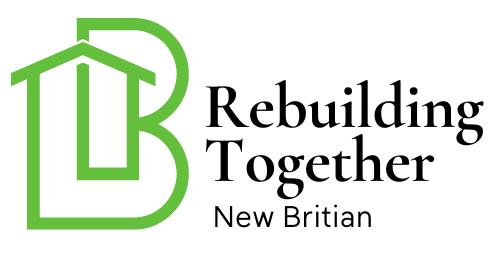Bathrooms are one of the most important spaces in any home. However, they can also pose significant safety hazards if not properly equipped. Whether you are a young homeowner or caring for elderly family members, understanding the importance of bathroom safety improvements is crucial. These upgrades not only enhance your home’s functionality but also provide peace of mind by reducing the risk of accidents.
In this article, we will explore various bathroom safety improvements that every homeowner should consider. From installing grab bars to selecting the right flooring, you’ll discover practical tips to create a safer environment for everyone.

Why Bathroom Safety Matters
Before diving into specific improvements, it’s essential to understand why bathroom safety is so critical. Bathrooms are often wet and slippery, making them prone to accidents. According to the Centers for Disease Control and Prevention (CDC), around 235,000 people over the age of 15 visit emergency rooms each year due to bathroom-related injuries. By implementing safety improvements, you can significantly reduce these statistics.
Install Grab Bars for Stability
One of the simplest yet most effective ways to improve bathroom safety is by installing grab bars. These bars provide stability and support, especially for those with limited mobility. They can be placed near toilets, showers, and bathtubs to assist individuals in maintaining balance and preventing falls.
Choosing the Right Grab Bars
When selecting grab bars, consider the material and finish that best suits your bathroom’s design. Stainless steel and chrome are popular choices due to their durability and sleek appearance. Ensure that the bars are securely anchored to the wall to support the weight of the user.
Non-Slip Flooring Options
The type of flooring in your bathroom plays a significant role in safety. Slippery surfaces can lead to falls, especially when wet. Opt for non-slip flooring materials such as textured tiles, vinyl, or rubber. These options provide better traction and reduce the risk of accidents.
For more detailed information on selecting the right flooring, visit best bathroom flooring.
Proper Lighting for Enhanced Visibility
Good lighting is essential in any bathroom to ensure visibility and prevent accidents. Consider installing LED lights, which are energy-efficient and long-lasting. Motion sensor lights can also be a great addition, automatically turning on when someone enters the bathroom.
For innovative lighting ideas, check out bathroom LED lights.
Shower and Bathtub Safety
Showers and bathtubs are common areas for slips and falls. Installing a slip-resistant mat or using anti-slip strips can significantly reduce the risk of accidents.
Consider Walk-In Tubs
For individuals with mobility challenges, walk-in tubs provide a safer alternative to traditional bathtubs. These tubs have a low step-in threshold and come with built-in seating, making bathing safer and more comfortable.
Accessible Bathroom Design
Creating a bathroom that is accessible to all individuals, regardless of their physical abilities, is essential. This includes installing adjustable showerheads and handheld sprayers, which can accommodate users of different heights and mobility levels.
For more insights into accessible bathroom design, visit bathroom design for mobility impaired.
Secure Rugs and Mats
Loose rugs and mats can be hazardous in a bathroom. Ensure that all rugs have a non-slip backing to prevent them from sliding. Alternatively, consider using waterproof mats designed specifically for bathroom use.
Learn more about selecting the right mats by visiting bathroom mats safety.
Temperature Control for Comfort and Safety
Scalding is a common concern in bathrooms, especially for children and the elderly. Installing a thermostatic mixing valve can help regulate water temperature, preventing accidental burns. Additionally, consider setting your water heater to a safe temperature of around 120F to reduce scalding risks.
Regular Maintenance Checks
Regular maintenance is key to ensuring bathroom safety. Check for leaks, mold, and other potential hazards, and address them promptly. Regularly inspecting and maintaining bathroom fixtures can prevent accidents and prolong the life of your bathroom.
Emergency Alert Systems
For households with elderly or disabled individuals, an emergency alert system can be a lifesaver. These systems allow users to call for help in case of an accident or medical emergency, providing peace of mind for both the individual and their family.
Conclusion
Implementing bathroom safety improvements is an investment in the well-being of your household. By taking simple steps like installing grab bars, choosing non-slip flooring, and ensuring proper lighting, you can create a safer environment for everyone. Remember, safety is not just about preventing accidents; it’s about providing comfort and peace of mind to all who use your bathroom.

FAQ
What are the most common bathroom safety hazards?
Common hazards include slippery floors, improper lighting, and lack of support like grab bars.
How can I make my bathroom more accessible?
Consider installing adjustable fixtures, walk-in tubs, and ensuring all areas are easily reachable.
Are there specific safety tips for elderly individuals?
Yes, installing grab bars, using non-slip mats, and setting safe water temperatures are crucial for elderly safety.
For additional safety tips, visit bathroom safety for elderly.
This article contains affiliate links. We may earn a commission at no extra cost to you.

